“A vista into a world of wondrous ideas, signifying Man’s achievements…A step into the future, with predictions of constructed things to come. Tomorrow offers new frontiers in science, adventure and ideals.”
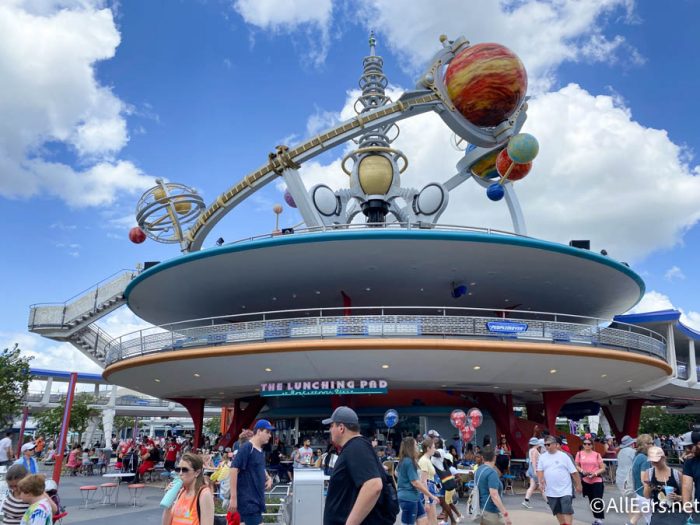
With these opening words, Walt Disney began the dedication of Tomorrowland on Disneyland’s opening day in 1955. In the 65+ years, Tomorrowland has become one of the most famous theme park concepts Disney Imagineers have ever created, with versions at every Disney resort around the world. However, even with that acclaim, Tomorrowland has also been one of Disney’s most controversial lands, as inherent issues with the very concept have led to scrapped overhauls and stagnation.
Come along with us as we look at the history of Tomorrowlands around the world, and delve into the “Tomorrowland Problem” that has vexed Imagineers for decades.
Like the other original Disneyland lands, Tomorrowland has its roots in the culture of the early 1950s. Namely, the cultural fasciation with the then nascent “space race” between the United States and the Soviet Union. The “space race” in-turn found its way into the popular culture of the time, influencing science fiction, film, and television — including the highly successful “Man in Space” episode of Walt Disney’s Disneyland television series. However, opening day Disneyland visitors expected a sci-fi wonderland like they’d seen on television.
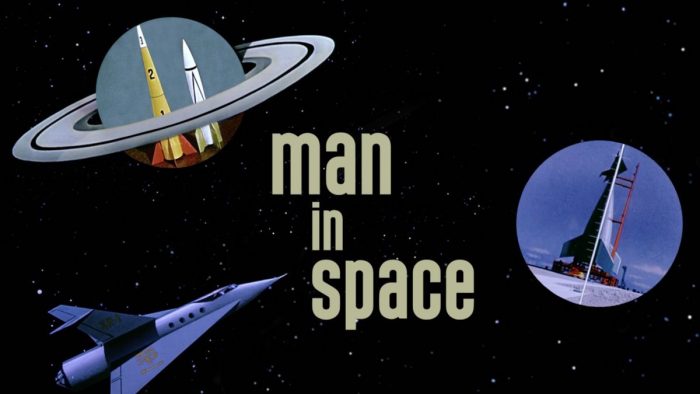
Despite Walt’s somewhat grandiose dedication speech, Tomorrowland was plagued by budget cuts and a short construction timeline during the building of the park. By opening day, Tomorrowland was in an (to put it nicely) incomplete state. Though it did feature the popular Rocket to the Moon and Autopia attractions, the land mainly consisted of corporate showcase attractions that essentially served as showrooms for companies including Monsanto (who would also build their plastic House of the Future in the land in 1957), American Motors, Richfield Oil, and Dutch Boy Paint.
Reaction to Tomorrowland was somewhat negative, especially compared to the rest of the park. Many guests saw it as little more than a corporate showcase. Perhaps due to said reaction, the land became the first in Disneyland’s history to be massively plussed up. In fact, the land was the center of Disneyland’s “second grand reopening” in 1959, when the Matterhorn Bobsleds, Disneyland Monorail, and Submarine Voyage all debuted in the land. (The Matterhorn was later shifted to Fantasyland).
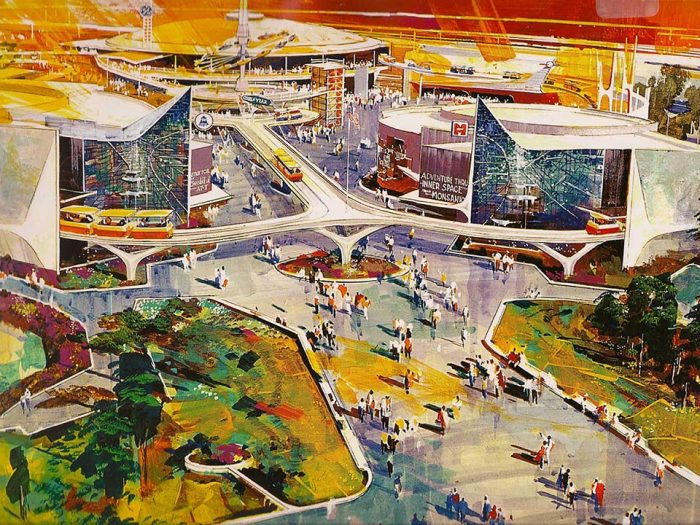
Despite the additions of Disneyland’s first E-Tickets providing a boost to the land’s reputation, by the mid-60s, Tomorrowland’s corporate park aesthetic had become dated. This is the first, but nowhere near the last, instance of Imagineers being forced the deal with the “Tomorrowland Problem.” The issue being that any land that’s meant to represent a literal vision of the future starts becoming dated the minute it opens.
In response to the “Tomorrowland Problem”, Imagineering completely reimagined Tomorrowland in 1967. That year, the land — outside of the 1959 additions, Flight to the Moon, and Autopia — was leveled and completely rebuilt. This reimagined Tomorrowland embraced a “world on the move” theme which featured nonstop kinetic energy moving own multiple levels throughout the land. In additions, new attractions including the Carousel of Progress (from the 1964 World’s Fair), Adventure Thru Inner Space, Astro Jets, a new Circle-Vision auditorium, and the PeopleMover were added. The new Tomorrowland was a massive success, and a similar counterpart opened with Walt Disney World’s Magic Kingdom in 1971.
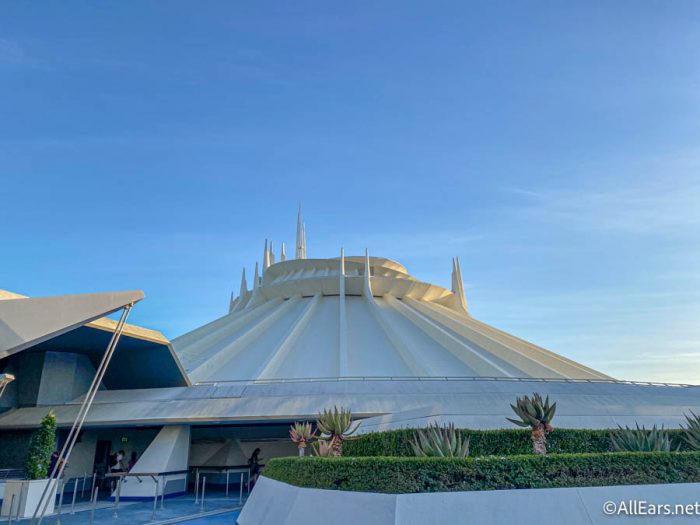
Both Disneyland and Walt Disney World’s Tomorowlands continued to expand throughout the 1970s, with the former adding America Sings in 1974 to replace the Carosuel of Progress, which was moved to the latter park in 1975. The biggest expansion, and arguably most important, expansion in Tomorrowland’s history came in the mid-70s, when a long dormant project known as the “space port” was retooled into arguably Disney’s most famous attraction: Space Mountain.
The indoor coaster-style ride first opened at Walt Disney World’s Magic Kingdom in 1975 to great fanfare. The acclaimed attraction was the first thrill ride in the park, and forever changed how Imagineering designed attractions and who they designed them for. A similar, but not identical, Disneyland version opened in 1977 due to constriction delays, but went on to become iconic in it’s own right as well. In 1982, a version of Tomorrowland similar to the Magic Kingdom opened with Tokyo Disneyland.
Despite the additions in the 1970s (as well as the massively popular 1980s additions of Star Tours and Captain EO Starring Michael Jackson to Disneyland’s Tomorrowland), all three versions of Tomorrowland began showing their age again in the late 1980s (there’s that dreaded “Tomorrowland Problem” again) which led Imagineering to rethink their entire approach to the land for the then-upcoming French Disney park.
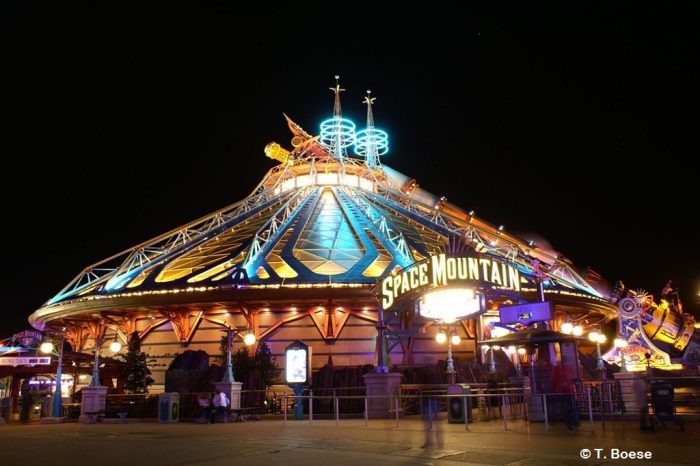
When EuroDisney (Disneyland Paris, as it was called upon its grand opening) debuted in 1992, it didn’t feature a Tomorrowland. Instead, the park had Discoveryland. Inspired by the work of writers like Jules Verne and H.G. Wells, the land cast many of Tomorrowland’s typical attractions in a steampunk style (partially based on the legendary unbuilt Disneyland land Discovery Bay) meant to represent the future “as imagined by history’s greatest writers.”
Though it opened three years after the park, the land’s centerpiece was Space Mountain: De la Terre à la Lune. This heavily themed, technologically advanced version of the coaster was based on Jules Verne’s From the Earth to the Moon and proved to be one of the best attractions Imagineering ever built… before it was completely transformed a decade into its lifespan, but that’s another story.
While Discoveyland was breathing new life into the Tomorrowland concept, Imagineering was planning massive refurbishments for both the US versions of the parks. Disneyland’s was to be transformed into Tomorrowland 2055, a bustling “spaceport” where aliens would visit Earth. Meanwhile, Walt Disney World’s version of the land was to be inspired by Buck Rodgers-style science fiction films. Both versions of the land were meant to be headlined by the ExtraTERRORestial Alien Encounter.
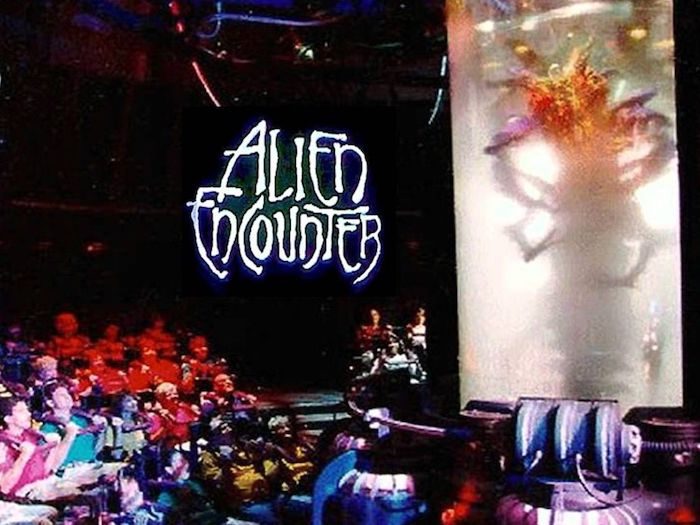
However, ironically given the success of Discoveryland in reinvigorating what a Tomorrowland could be, the initial financial failure of EuroDisney crippled both projects. Disneyland’s Tomorrowland was given little more than a bronze paint job and the failed Rocket Rods attraction. The Walt Disney World version did receive a limited placemaking project, and the ExtraTERRORestial Alien Encounter…which would close less than a decade later, thanks in part to it being the scariest Disney attraction of all time.
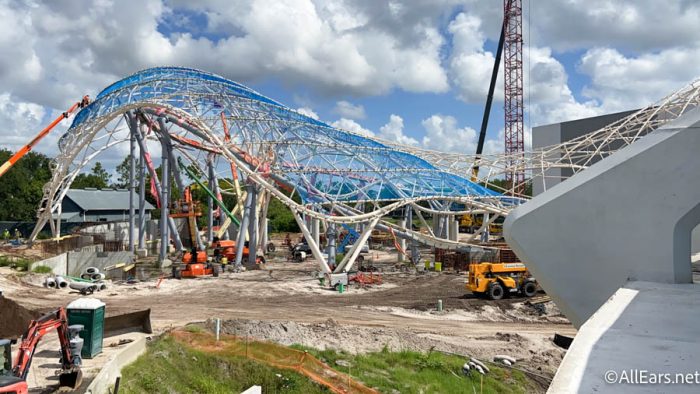
Since the late 1990s, Tomorrowland in both Disneyland and Walt Disney World have stagnated. While each has seen some turnover in attractions, their greater theme and aesthetic design has continued to date itself, furthering the “Tomorrowland Problem” into the new millennium. Numerous plans to redevelop Tomorrowland in one or both of the parks have been rumored — including everything from a Lucas or Marvel land, a re-theme based on the 2015 Tomorrowland film, and a design based on Shanghai Disneyland’s lush, plant-centric version of the land. Currently, the only update being made is construction of a clone of Shanghai’s Tron coaster at the Magic Kingdom — set to open in 2022.
How would you like to see Disney address the “Tomorrowland Problem” in the U.S. parks? Should they attempt to make the lands accurately futuristic again, tap into fan nostalgia for the previous versions of the lands, or try something new entirely?


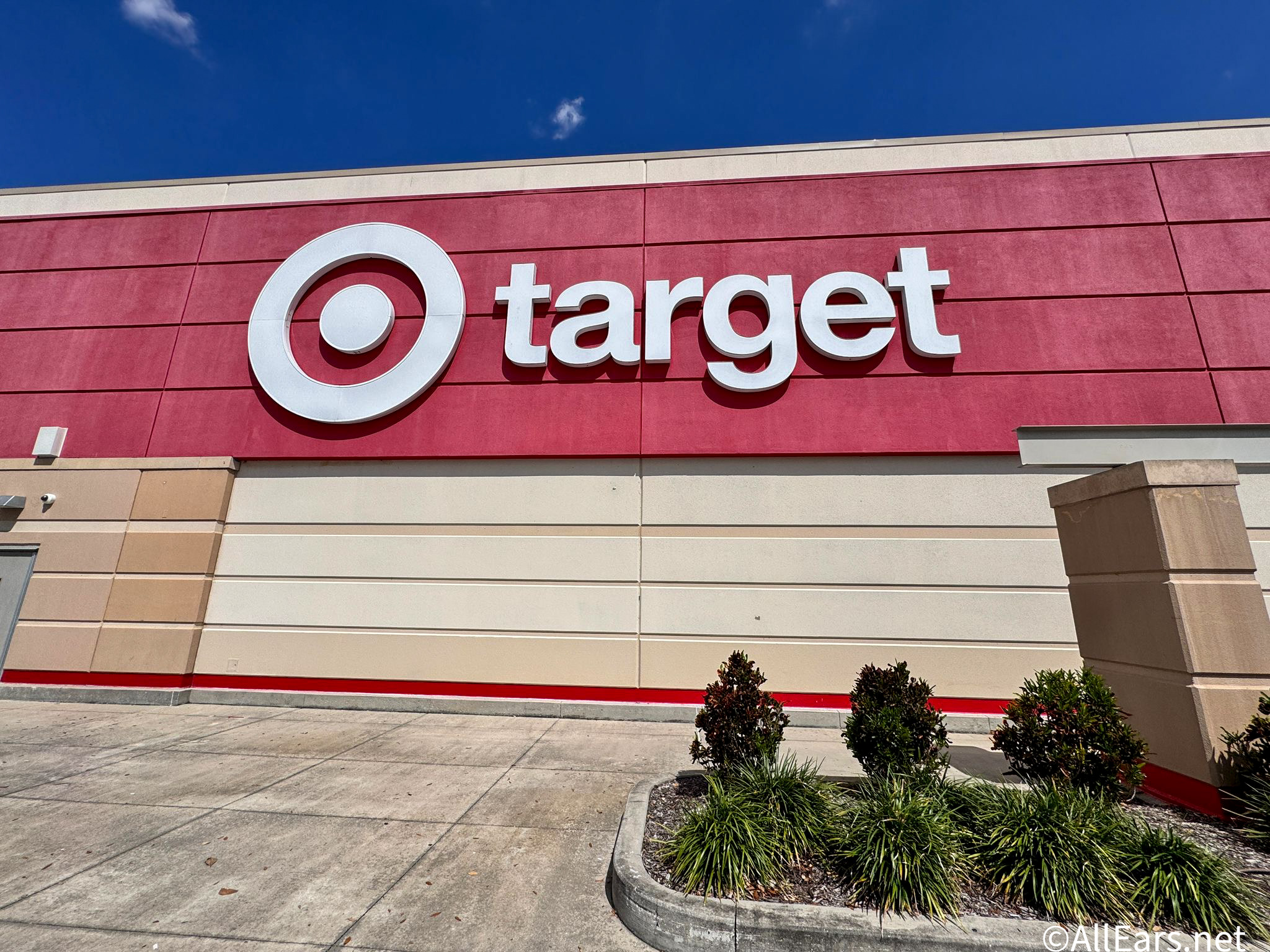
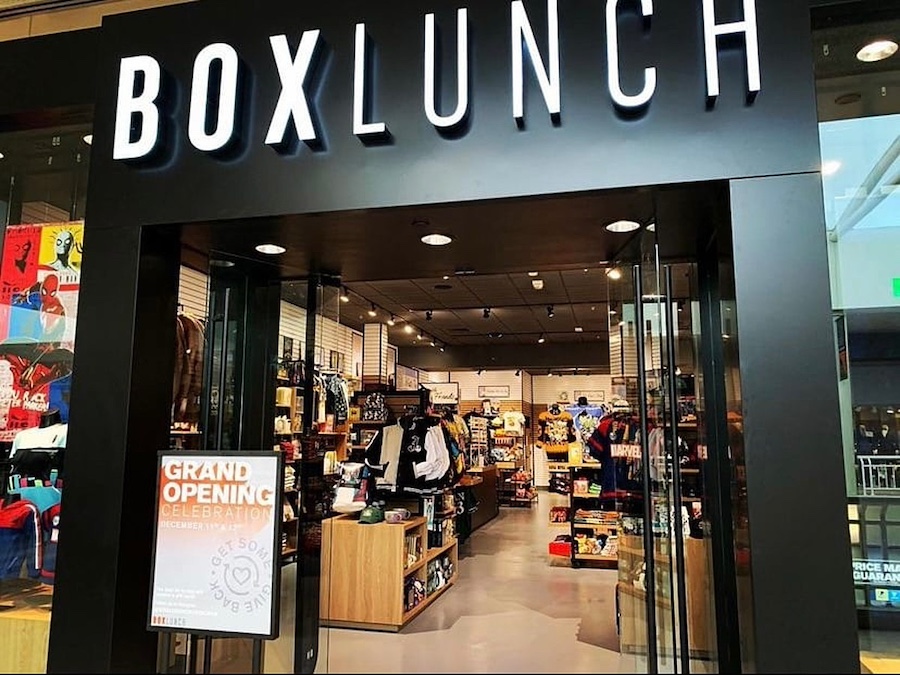

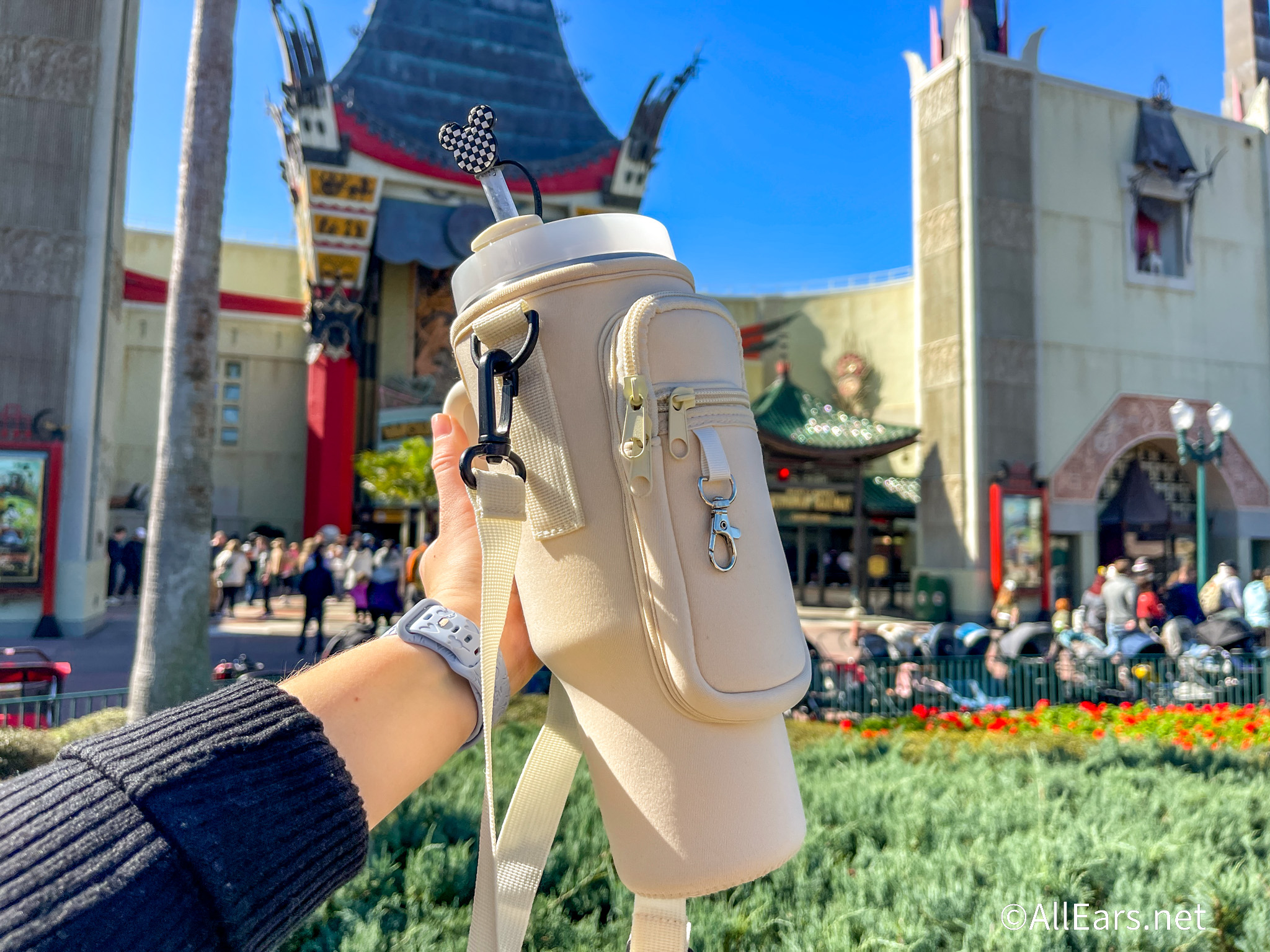

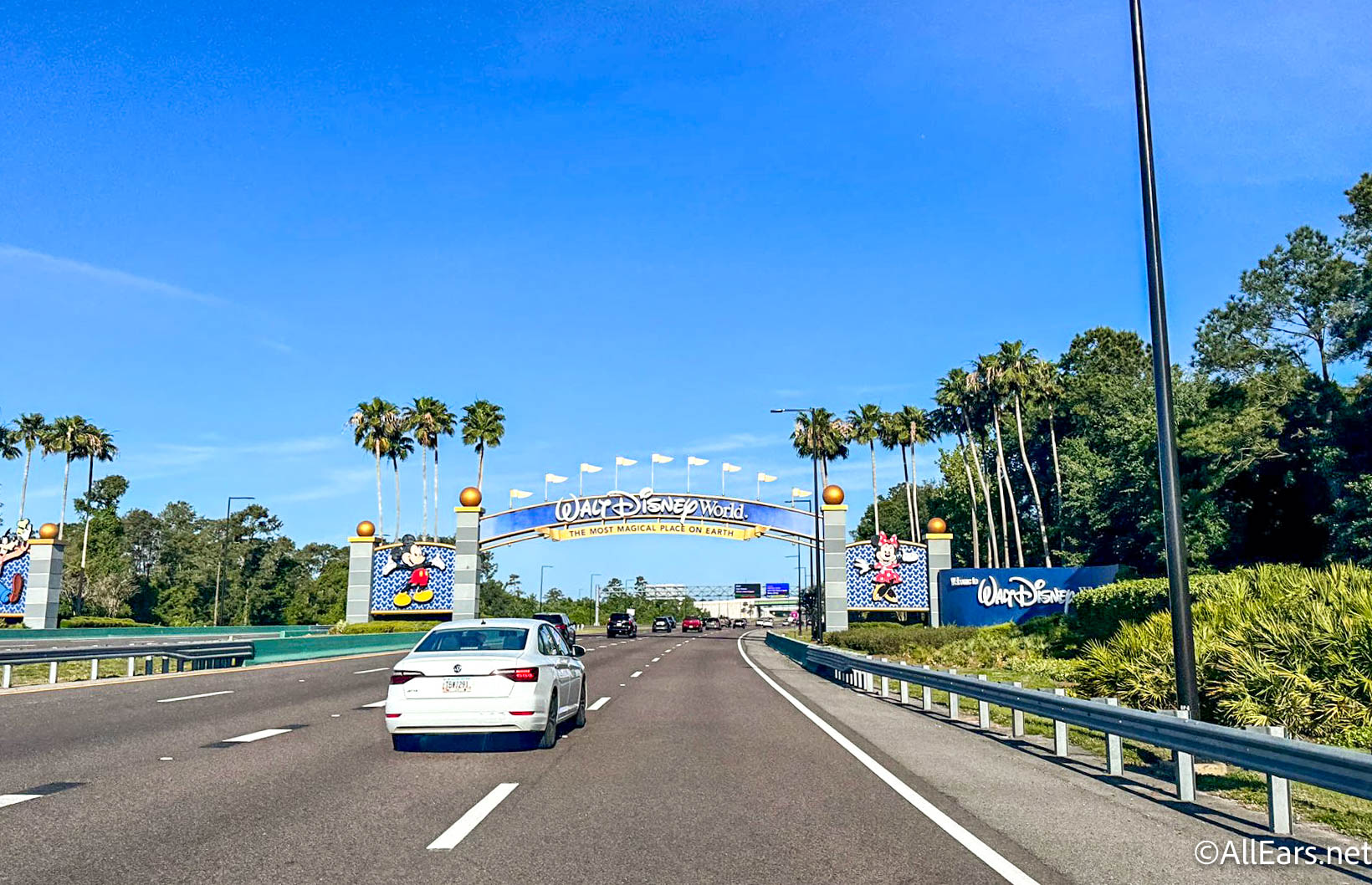

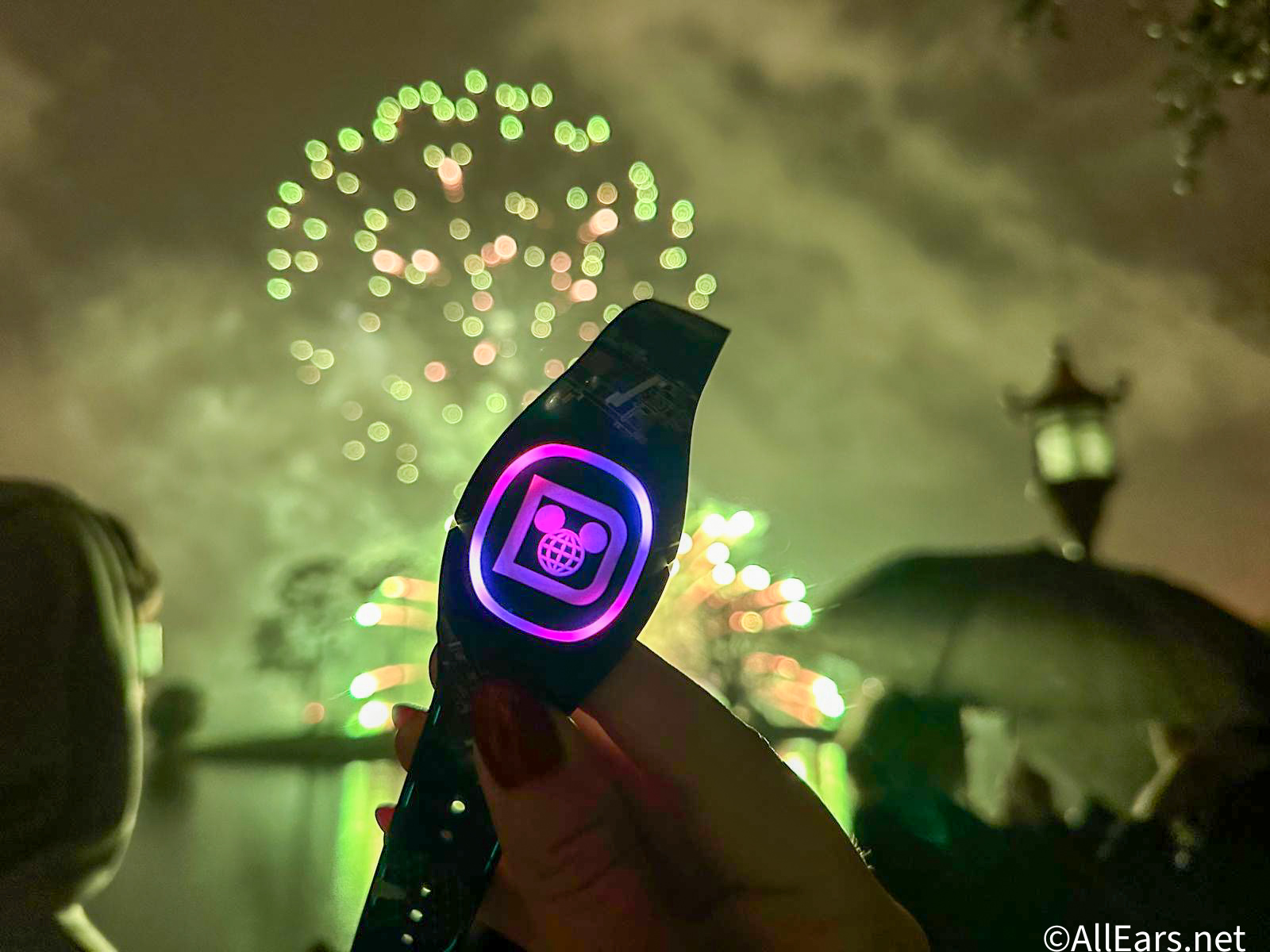

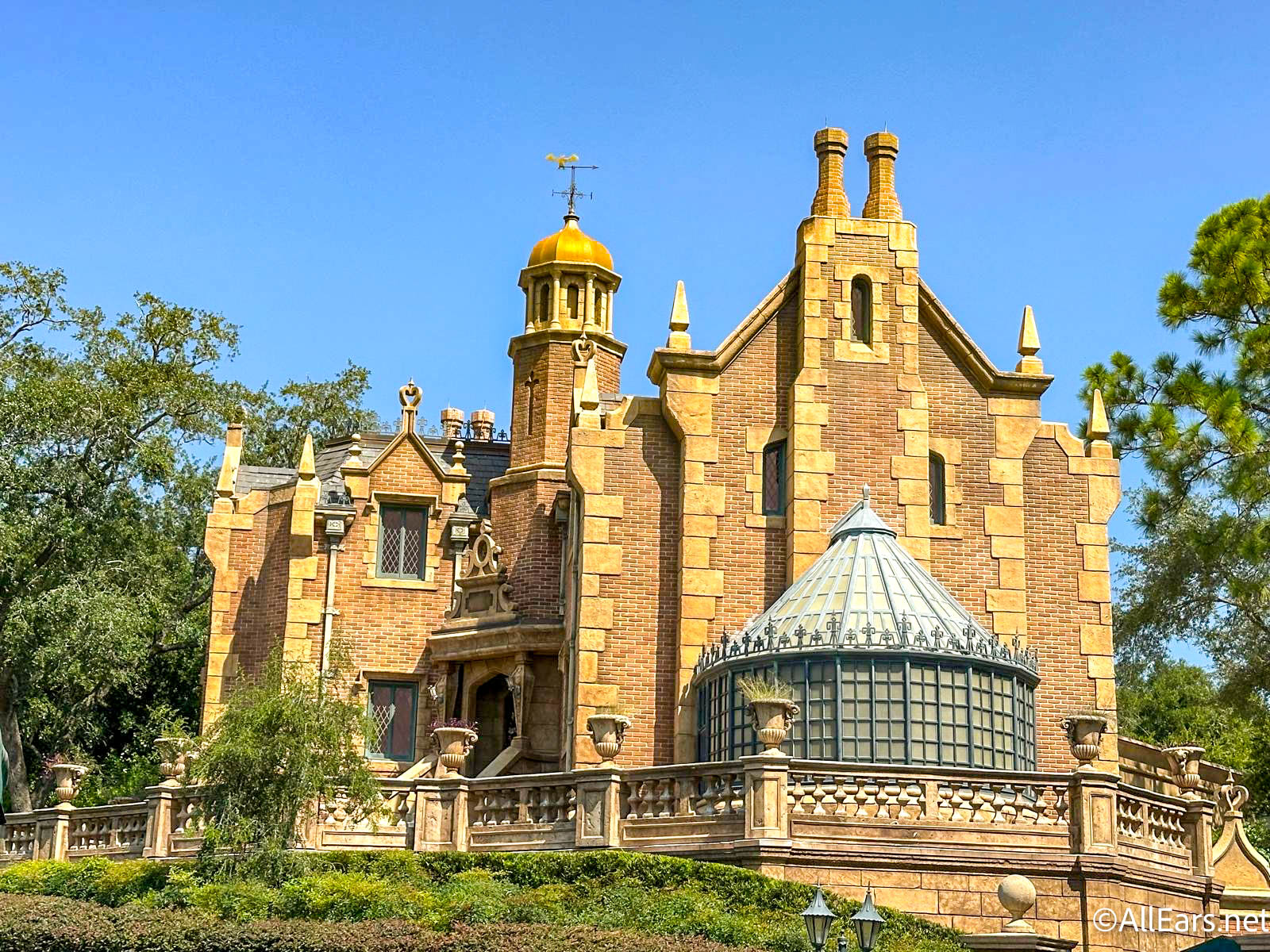
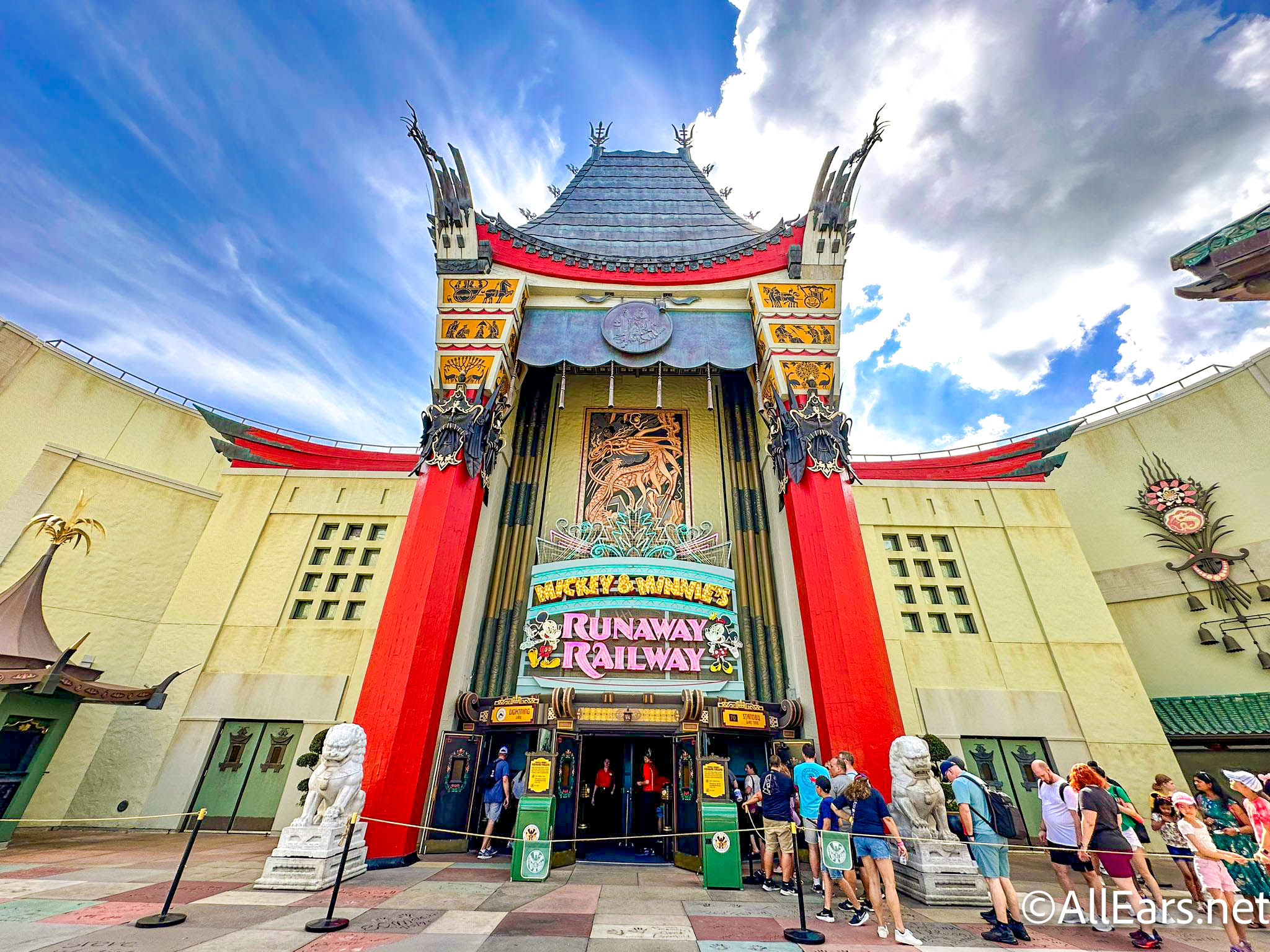
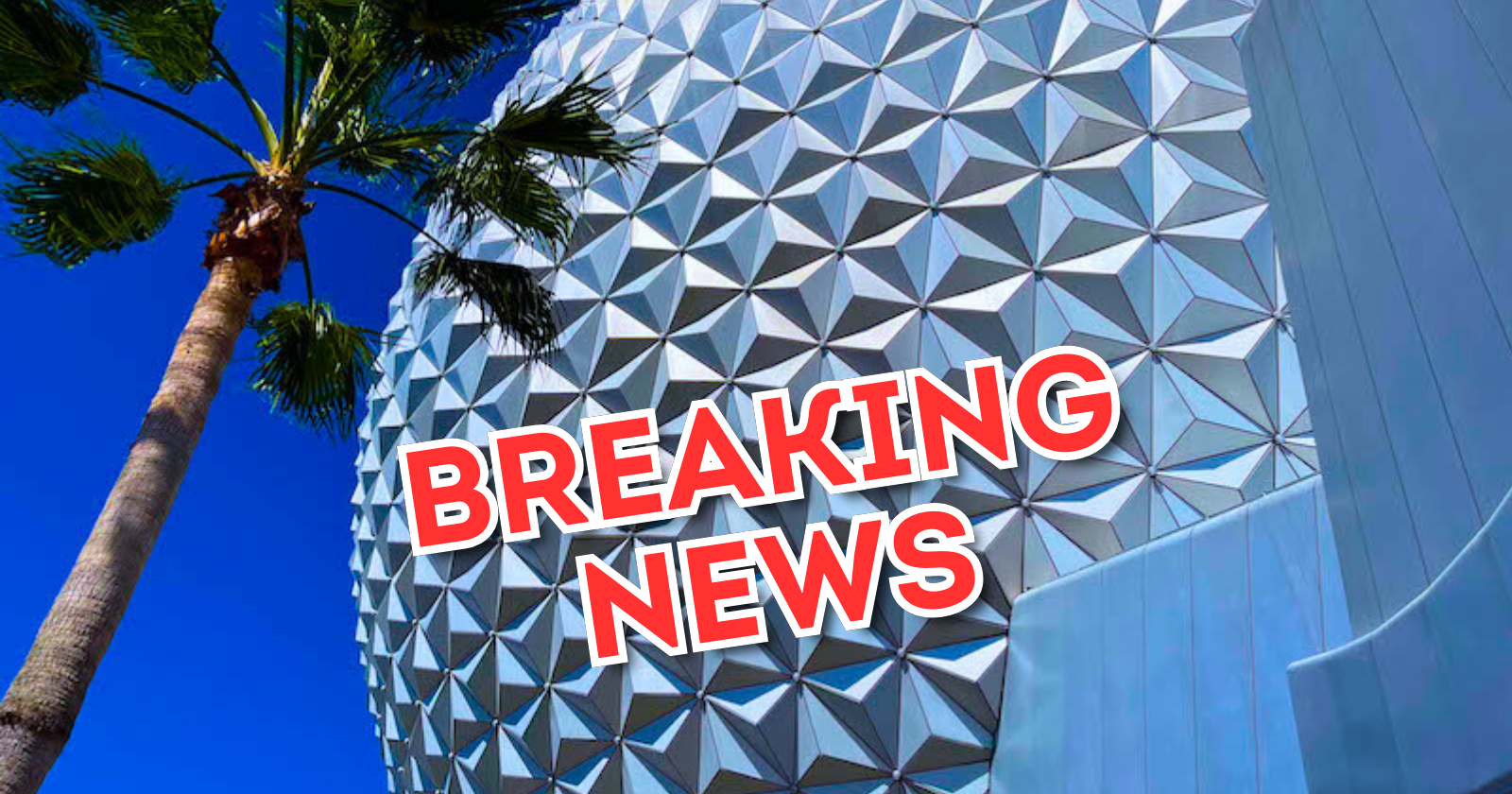

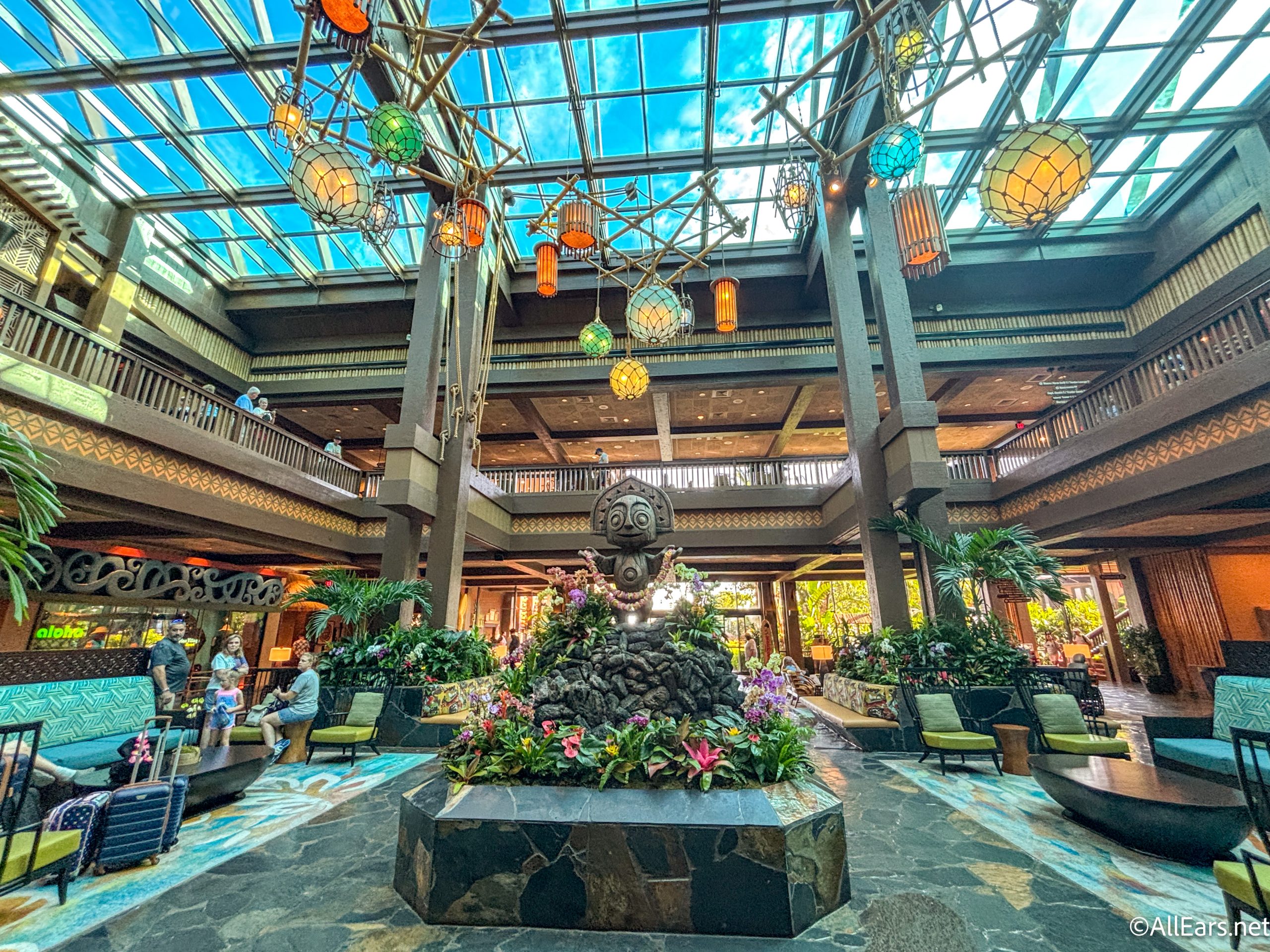
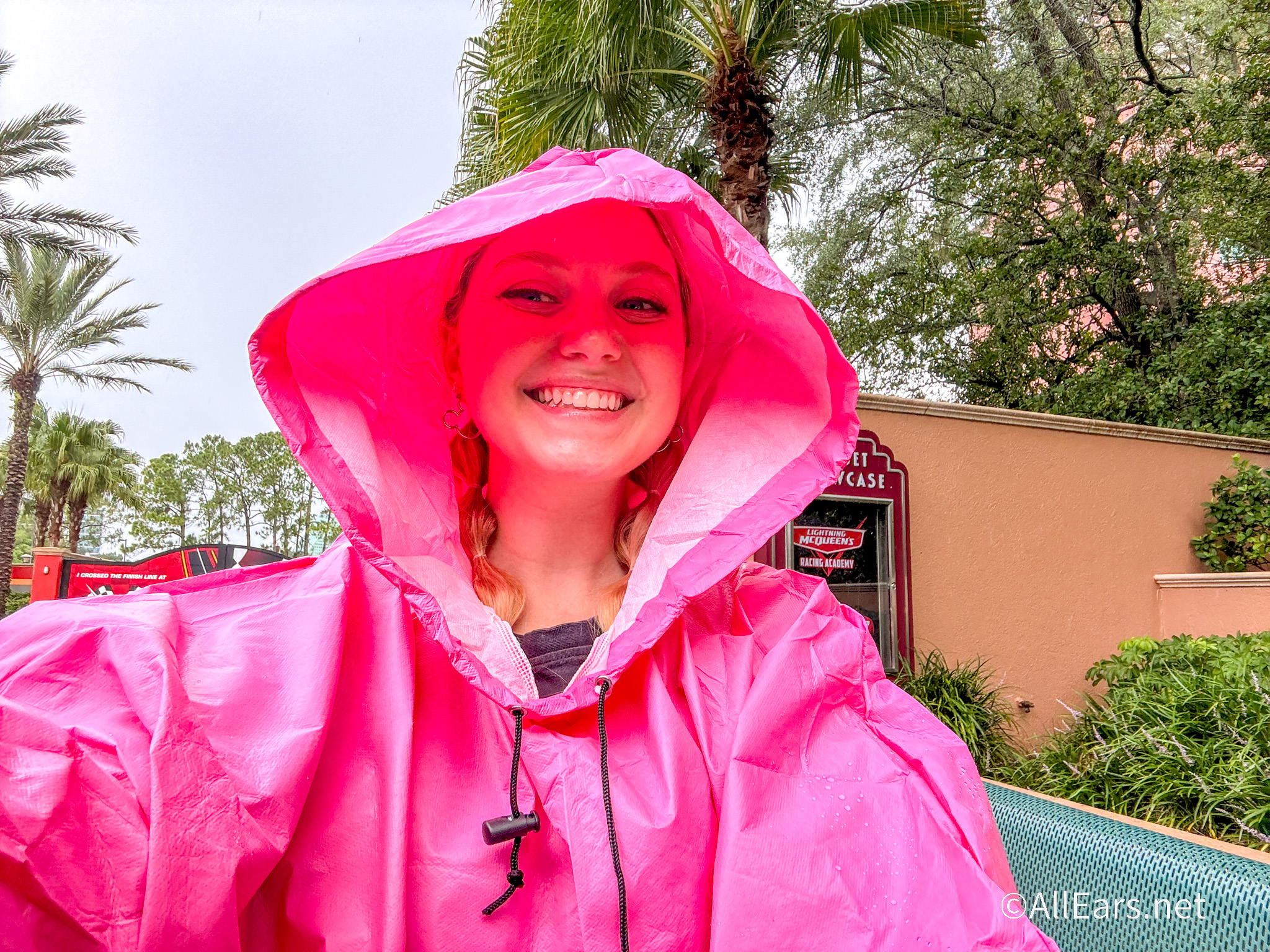

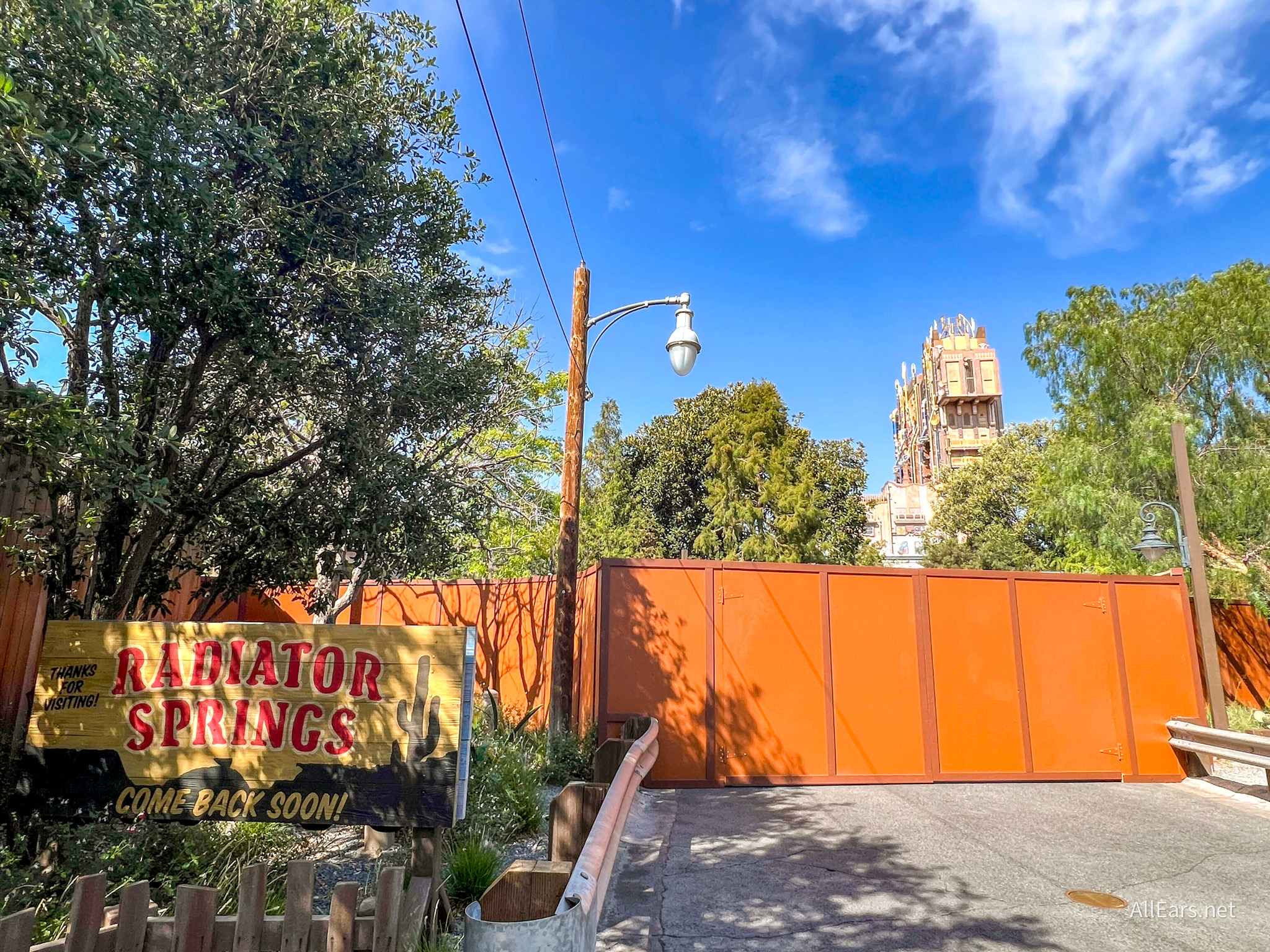
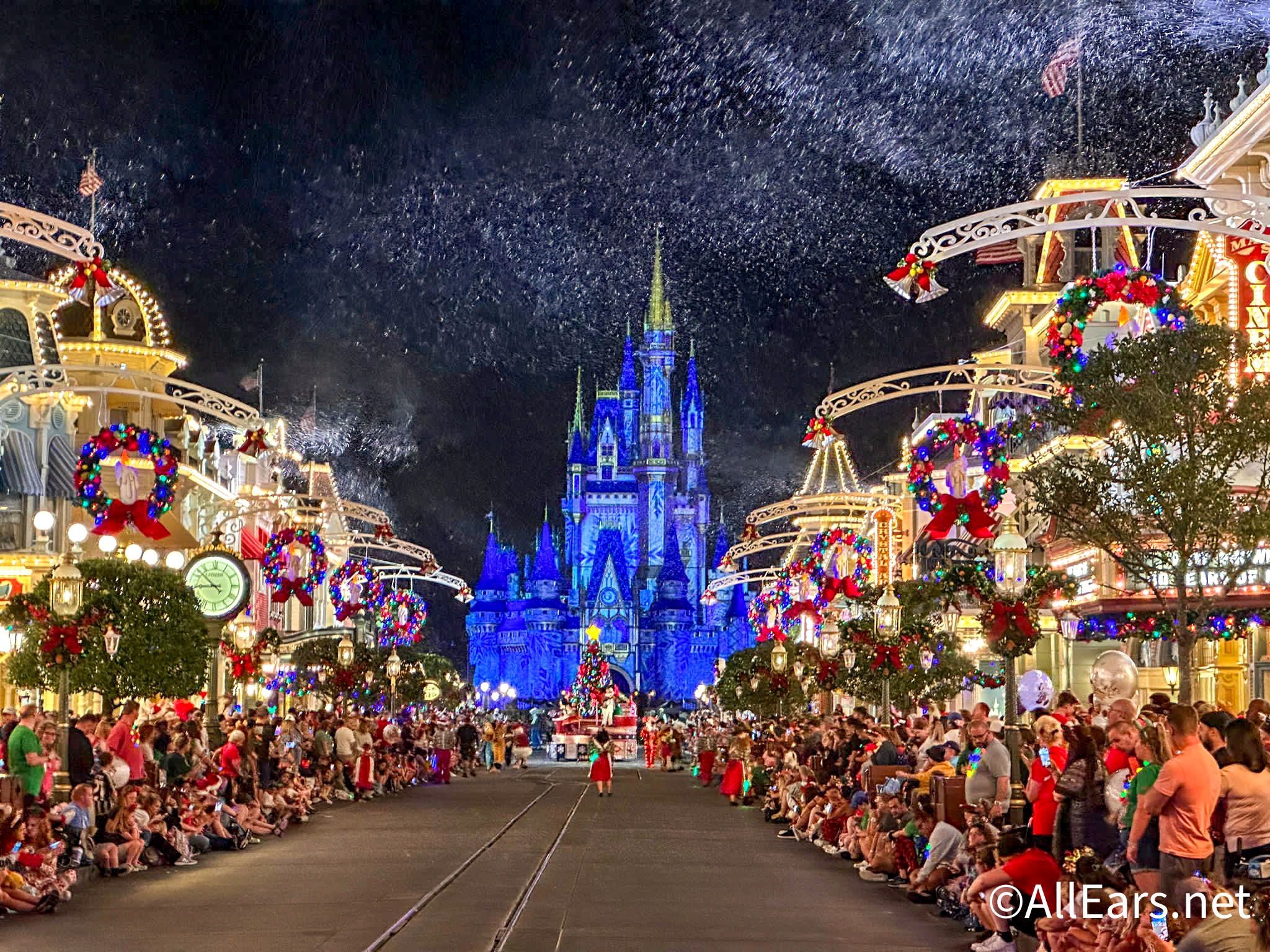
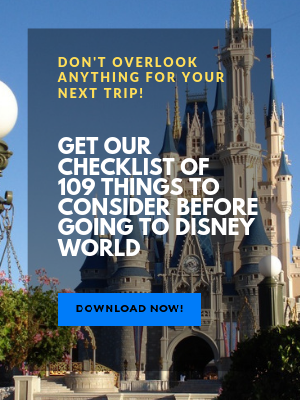
Disneyland should revive the lost WDW Buck Rogers/Sci-Fi Tomorrowland idea. When basing it in a past idea of the future, you never lose to the present. And it’ll give a sense of kitsch that, face it, is what California is about. Tiki stuff, although mid-century, never went out of “style,” and retrotomorrow won’t, either.
I am not a fan of all the add on stainless steel that went up all over Tomorrowland. Especially on TTA. It blocks my views and makes it look to industrial and unfriendly
I can see two ways of addressing this, both closely related. First, I think the “bustling spaceport” idea has a lot of merit. Second, attractions need to be chosen that won’t suffer from being easily, quickly dated. Mission to the Moon became Mission to Mars, for instance, but both attractions were quickly outpaced by reality. Mission: Space was a move in the right direction, although the implementation leaves something to be desired after launch, but a really hi-tech version of that ride could be something that would bring in the crowds.
I personally loved Alien Encounter, but it needed more. The theme and the scenario were pretty cheesy.
Whatever is done to Tomorrowland, I hope that the Carousel of Progress survives, with at least an update to the final scene. The grandparent contingent loves it, as they love the Tomorrowland Transit Authority (which could use some more interesting and less cheesy scenery in the Space Mountain portion). Much as I enjoy the look of Steampunk, it does not meld with Buzz Lightyear or Space Mountain. The Speedway should not be part of Tomorrowland, since it has nothing thematically in common with futuristic ideas, unless the cars are converted to electric or other futuristic technology. Because Disney has chosen to ignore Tomorrowland for years, other than the closing of the horrible Stitch’s Great Escape and the building of the Tron attraction, the land feels like an afterthought with no theme except a lot of cement, silver paint and sterility. A “vision of tomorrow” theme is possible, perhaps emphasizing exteriors with ecological technology, and greenery in some form. And shade. And edible food.
WDW should make the buzz lightyear attraction more like toy story mania. It’s hard turning and firing. They should open Laugh Floor again. Space mountain needs an update like the California version. In California, they can have Star Wars themes near May the force (May 4). Update the tomorrowland speedway to a futuristic car (that runs better and doesn’t smell so bad).
They should stop adding IP to the rides and theme them with looking to the “future.” That way they can alwayd add to what is futuristic. That was the beauty of the original EPCT rides. They could have added to update, not obliterate for something not as good IMO.